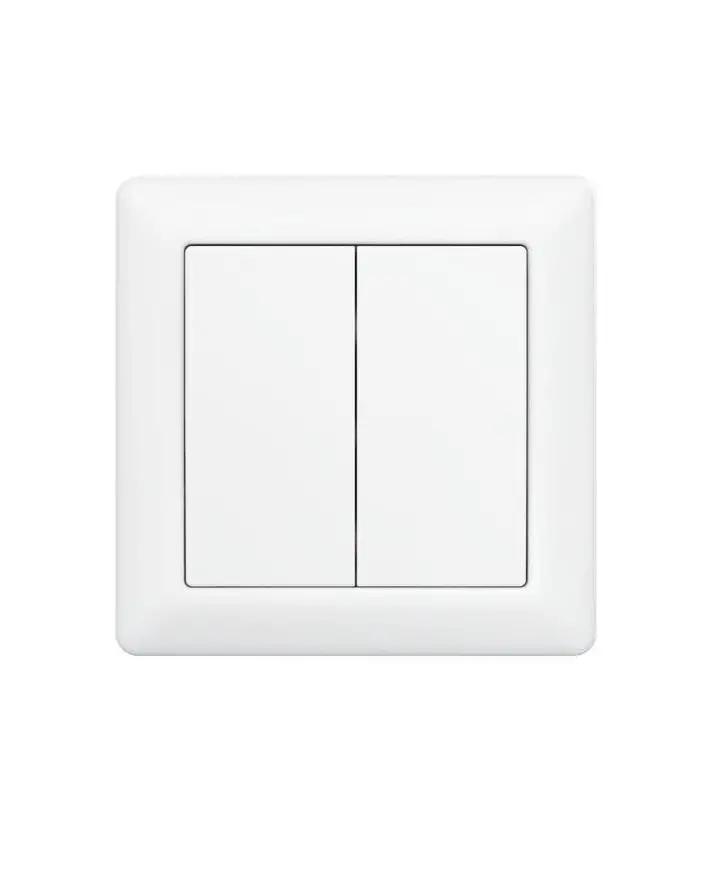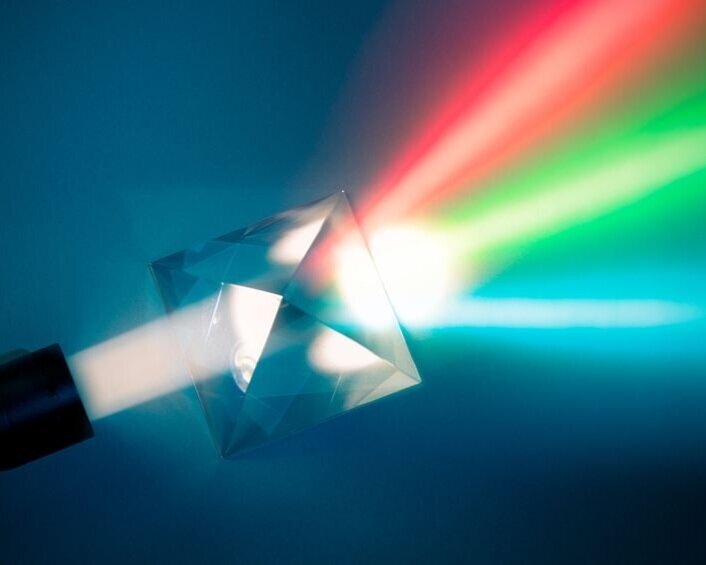Do Light Bulbs Emit UV Radiation?
Today it is common knowledge that ultraviolet radiation is bad for humans as it can have some pretty severe health effects when exposed to it for too long.
But UV is very close to visible light on the electromagnetic spectrum, which then raises the question of whether or not our commonly used light bulbs will emit some ultraviolet radiation.
In this article, we will answer which bulbs may or may not produce a significant amount of UV light and whether or not you should be concerned about it.
Contents
Can Light Bulbs Emit UV Light?
Some light bulbs can in fact emit UV radiation. The bulbs that produce the most amount of UV light are CFL bulbs, halogen bulbs and specialized UV LED bulbs. However, the amount of UV light these bulbs produce is not significant enough to have any form of health impact during normal use.
This is possible due to how these bulbs create their light. They are all different in the scientific methods they utilize to create light but all end up with some traces of UV radiation.
What is UV Radiation?
Before diving deeper into the light bulbs and how they manage to create UV, we should have a look at what ultraviolet radiation is in the first place.
Ultraviolet is a specific section of the electromagnetic spectrum, which happens to be right next to visible light.
The electromagnetic spectrum is measured in 2 different ways, wavelength (m) and frequency (Hz). For our purposes in this article, the frequency of the radiation does not matter. Therefore, we will only focus on the wavelengths of the radiation.
Ultraviolet light is scientifically defined by its wavelength, which is between 100-400nm. However, ultraviolet light itself is divided into 3 categories. These categories are:
- UVA (315-400nm)
- UVB (280-315nm)
- UVC (100-280nm)
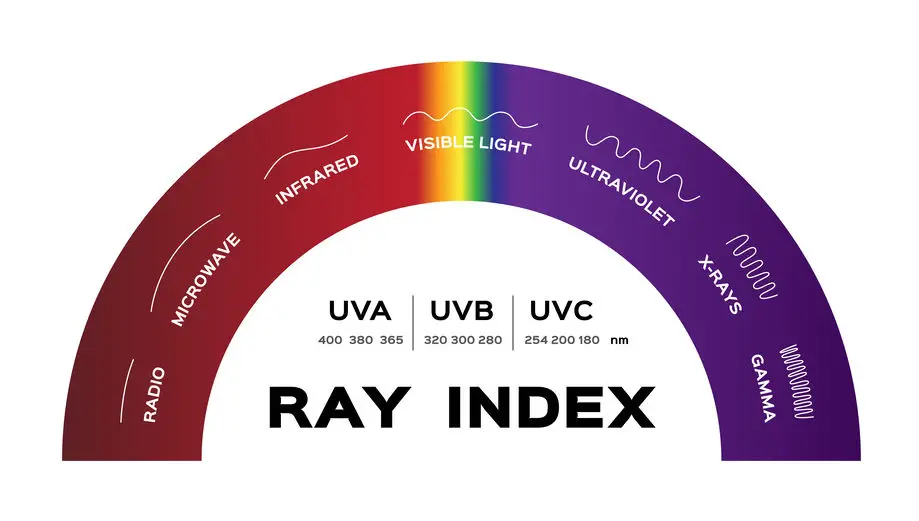
The main reason UV is divided into these categories is that they all behave slightly differently towards biological matter, such as human skin for example.
Out of these three UVC is the most dangerous one, due to the fact that the wavelength of UVC is shorter than UVA and UVB. This is because a shorter wavelength means that the radiation is denser in terms of the energy it transfers, which in turn means a bigger impact on the materials it ends up making contact with.
Which Light Bulbs Emit UV Light?
Now that we know a bit more about UV radiation we can begin to look at how some of our commonly used light bulbs produce it.
CFL
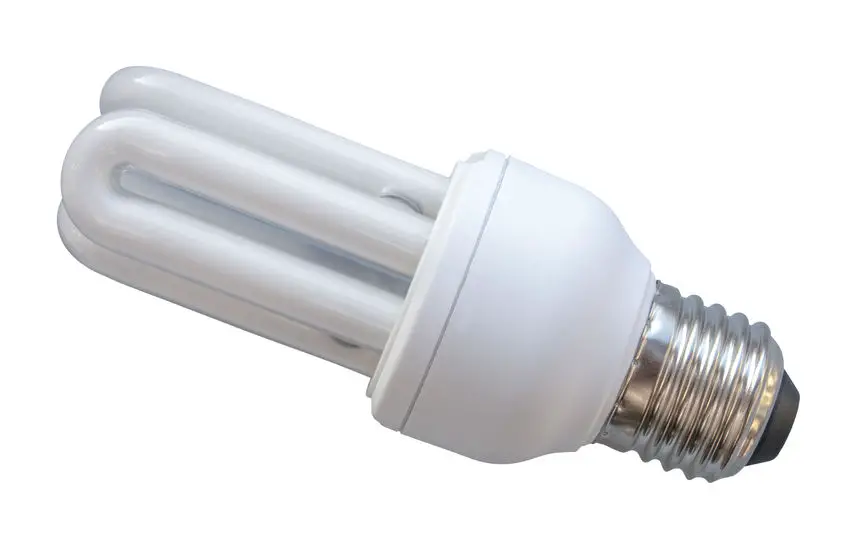
The Compact Fluorescent Lamp (CFL) and other fluorescence-based lighting are definitely the biggest culprits for UV radiation out of the more common bulbs. This is because the way it produces visible light relies on it producing UV light in the first place.
The way CFLs produce light is through the electromagnetic discharge that occurs when the mercury present in the bulb gets hit by incoming electrons when the light is turned on. However, the electromagnetic discharge is not in the form of visible light, it instead takes the form of UV, specifically around the wavelengths of 185-250 nm.
As previously established we can’t actually see UV light, meaning the UV light somehow has to be converted into visible light somehow.
This is done by using a special fluorescent powder, commonly referred to as “light powder”. What this powder does is it absorbs UV radiation and outputs visible light.
This is the very definition of the word “fluorescence”, to emit light after having absorbed the energy of other electromagnetic radiation.
Halogen

Halogen bulbs may not produce a lot of UV, but even if they do to a small degree only it is worth mentioning because the reason why they do is rather interesting.
Halogen bulbs produce light the exact same way that incandescent bulbs do, the only significant difference between them is the addition of halogen gas. This allows it to run at a higher temperature and therefore become more energy efficient.
So, how exactly do they produce light? Quite simply put, there is a tungsten filament in the bulb which heats up when an electric current goes through it, which will get hot enough for it to start glowing and emit light. The temperatures a halogen bulb filament will reach can be as high as 2700 °C (4892 °F).
The reason why this creates UV emission is that scientifically speaking the principle is practically identical to how the sun creates light, which is known to create a fair amount of UV light. The scientific principle at play here is known as blackbody radiation.
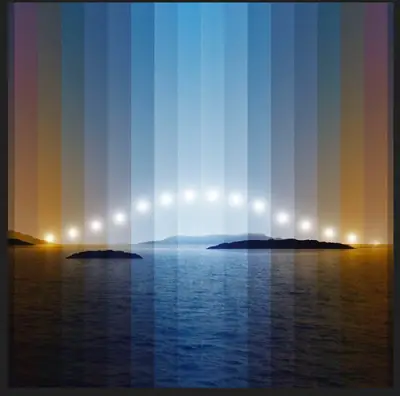
This can be slightly misleading, however. This is because UV emission scales with its temperature in Kelvin (K). The sun will change its K temperature over the course of a day, but at its peak reaches a temperature of around 6000K, which will be when it produces the most amount of UV radiation.
In comparison, a halogen bulb has a colour temperature of around 3000-3400K and an incandescent bulb around 2700K.
This means that halogen bulbs do in fact emit some UV radiation. This also means that technically incandescent bulbs also produce some UV radiation, but the amount they produce is so insignificantly small that it is not worth noting.
UV LEDs
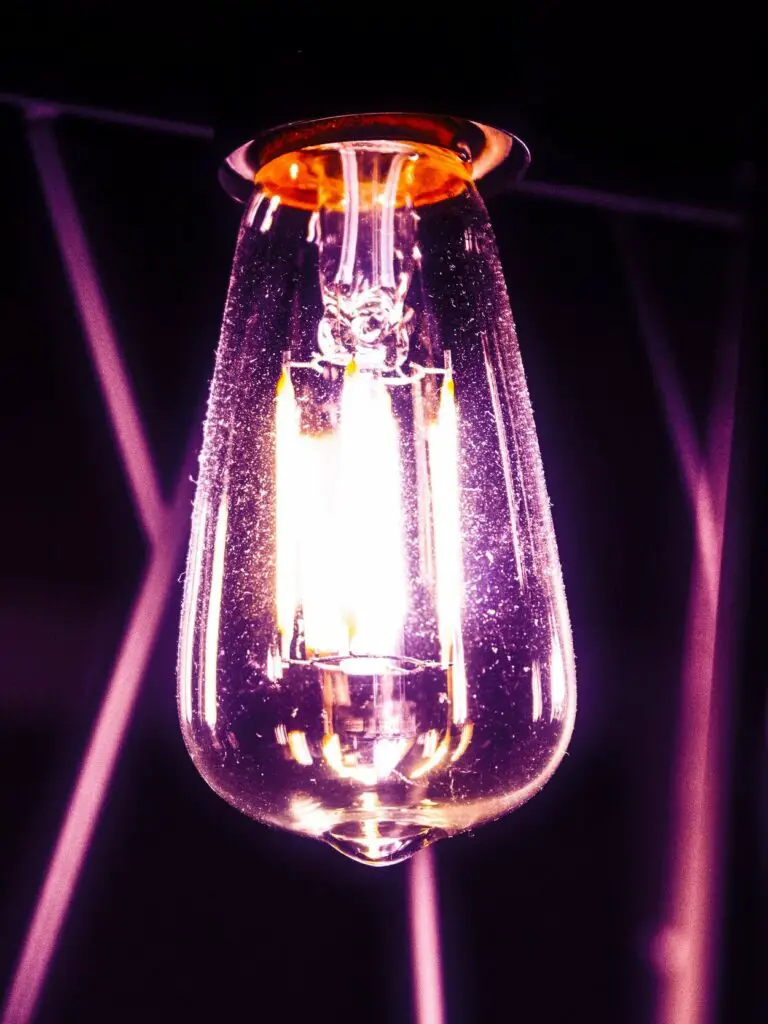
LEDs are currently the most efficient form of artificial lighting. LEDs generally speaking don’t produce a lot of ultraviolet light.
The light LEDs naturally give off is mainly blue, which is why you will notice that many different LED-based light sources will have a blue tone to them.
There are however exceptions to this. The main one is LED lights with the intended purpose of creating UV light.
These LEDs are often called blacklights or UVA lights, due to them mainly emitting UVA radiation.
This is achieved by using special cladding made out of materials such as aluminium gallium nitride and by shortening the size of the quantum well. At this point, we are headed towards some pretty complicated physics which are not related to the topic at hand, which means we will leave it here.
These LEDs can reach wavelengths as low as 222nm, but that is only in the most advanced and extreme cases of UV LEDs. Most LED blacklights only reach wavelengths of around 365-390nm.
This being said, most normal LEDs available for common use don’t produce much ultraviolet light at all.
Which Light Bulbs Won’t Emit UV Light?
After having discussed which light bulbs have the potential to emit UV light we can look at what bulbs emit very insignificant amounts of UV, if at all.
Incandescent
As previously established, incandescent bulbs do in fact produce some ultraviolet light due to it being a blackbody radiator. However, the amount it produces is so insignificant that it’s often not even counted.
This is because of the low K temperature, which causes the light incandescent bulbs emit to be far more on the red side of the spectrum than the violet one.
About 95% of an incandescent bulb’s energy input is radiated in thermal radiation, more commonly referred to as heat or infrared light.
In that remaining 5% we have a mix of the visible light it’s intended for and also a portion of ultraviolet. However, it is important to note that the mix between them is nowhere near even.
While the percentage is hard to calculate precisely it is known that less than 0.1% of the light emission from an incandescent bulb is in the ultraviolet spectrum.
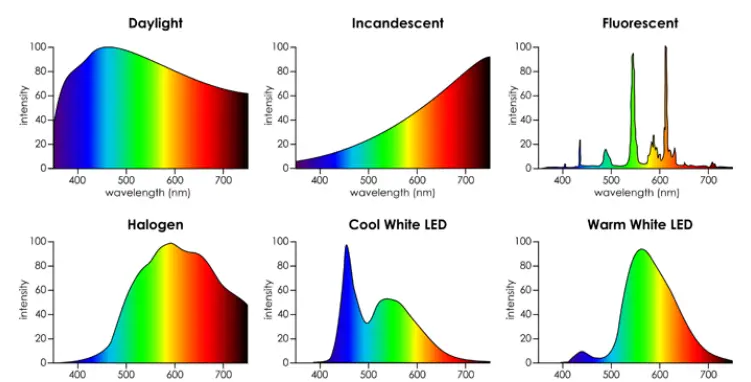
Sodium
Sodium lights are another light source that has practically 0 emissions in the ultraviolet spectrum. This bulb creates light by using electricity to excite spots of sodium inside the bulb together with an internal gas mixture of noble gases like argon and neon.
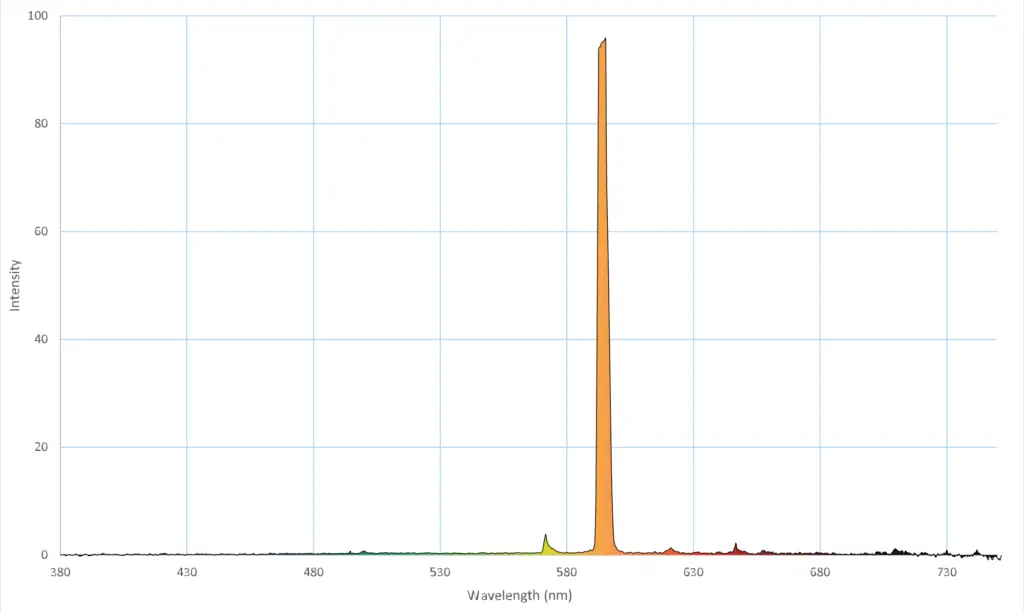
The light sodium bulbs emit is monochromatic, which is a fancy term for a singular colour. In this case, it is monochromatically yellow, with an emitted wavelength of roughly 590nm.
What this also means is that it emits practically no radiation in any other part of the electromagnetic spectrum, meaning there are virtually 0 UV emissions coming from this bulb.
Is The UV Radiation From Light Bulbs Dangerous?
So when it comes down to it, is the UV radiation from light bulbs actually dangerous?
While some bulbs create some levels of unwanted UV radiation, the amount they create is nowhere near enough to have a serious impact on your health. In fact, if you don’t get enough sun normally it can even be beneficial to receive small doses of UV through your home lighting.
This is not to say that UV radiation doesn’t have its dangers, because it certainly does. However, being exposed to tiny doses of UVA light is not something you should worry about.
In a US study done in 1993, scientists found that spending a day in unfiltered fluorescent UV light indoors equals the exposure of 1 minute of direct sunlight. While this is not very concerning in the first place, it is also worth noting that the common bulbs we have installed are not unfiltered.
Unless we are dealing with special UV lighting that is supposed to produce a significant amount of ultraviolet light we have nothing to worry about in terms of dangerous UV emission from your commonly used light bulbs.
Summary
To summarize this topic, it is safe to say that while some common light bulbs can produce UV light it is nothing you should constantly worry about. The UV light they emit is not strong enough to be a health risk to us humans.

